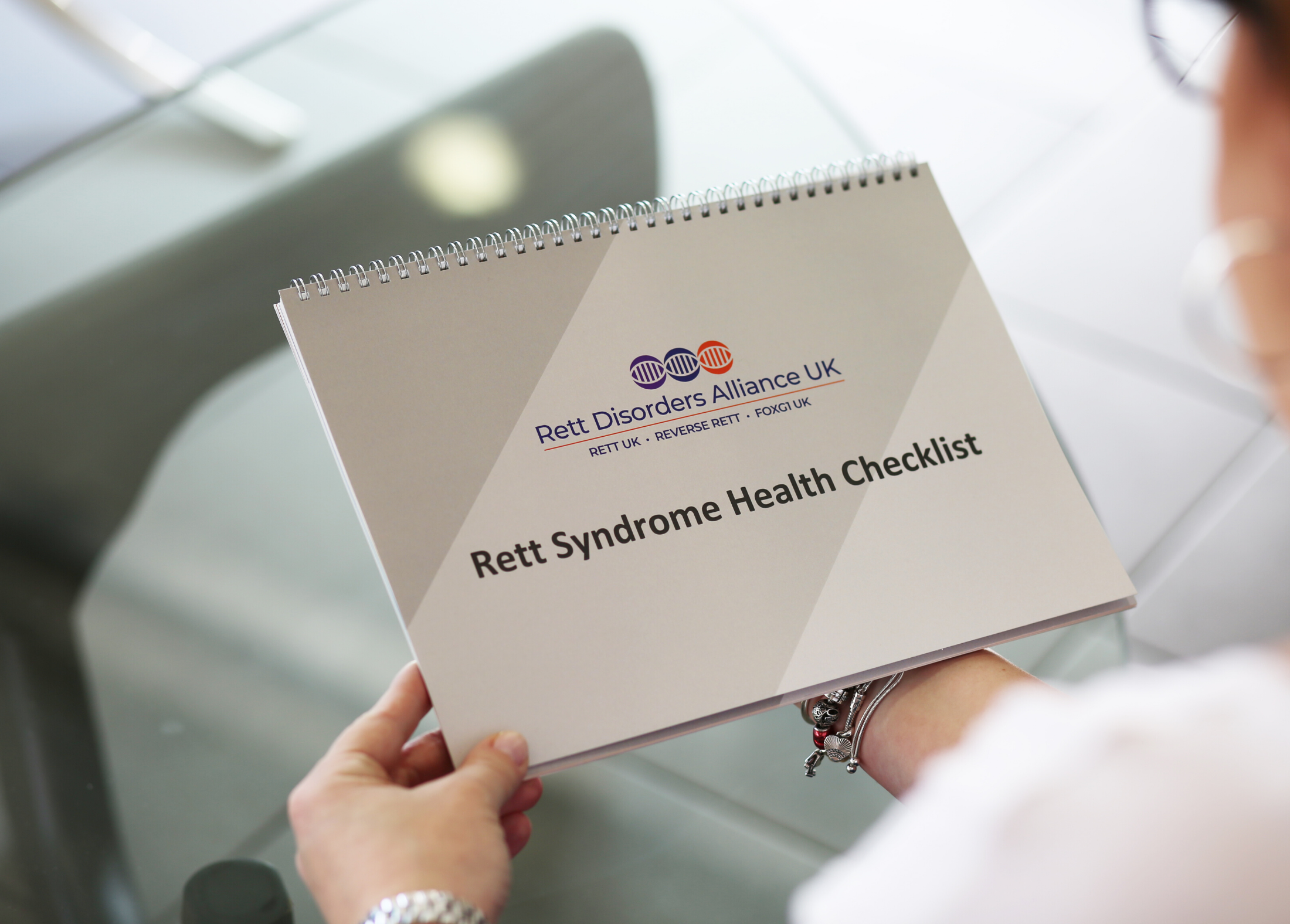The Rett syndrome Health Checklist provides information to help with symptom identification and management, including suggestions for drugs which may help and those which may cause difficulties for people with Rett syndrome. There are also links to relevant research papers, case studies, and best practice guidance.
Many thanks to everyone who has contributed to this important document and to The Bolland Charitable Fund for their support.

If you would like a copy of the Rett Syndrome Health Checklist, please fill out the form below and we will send one in due 7-10 working days. Any enquiries, please email [email protected]